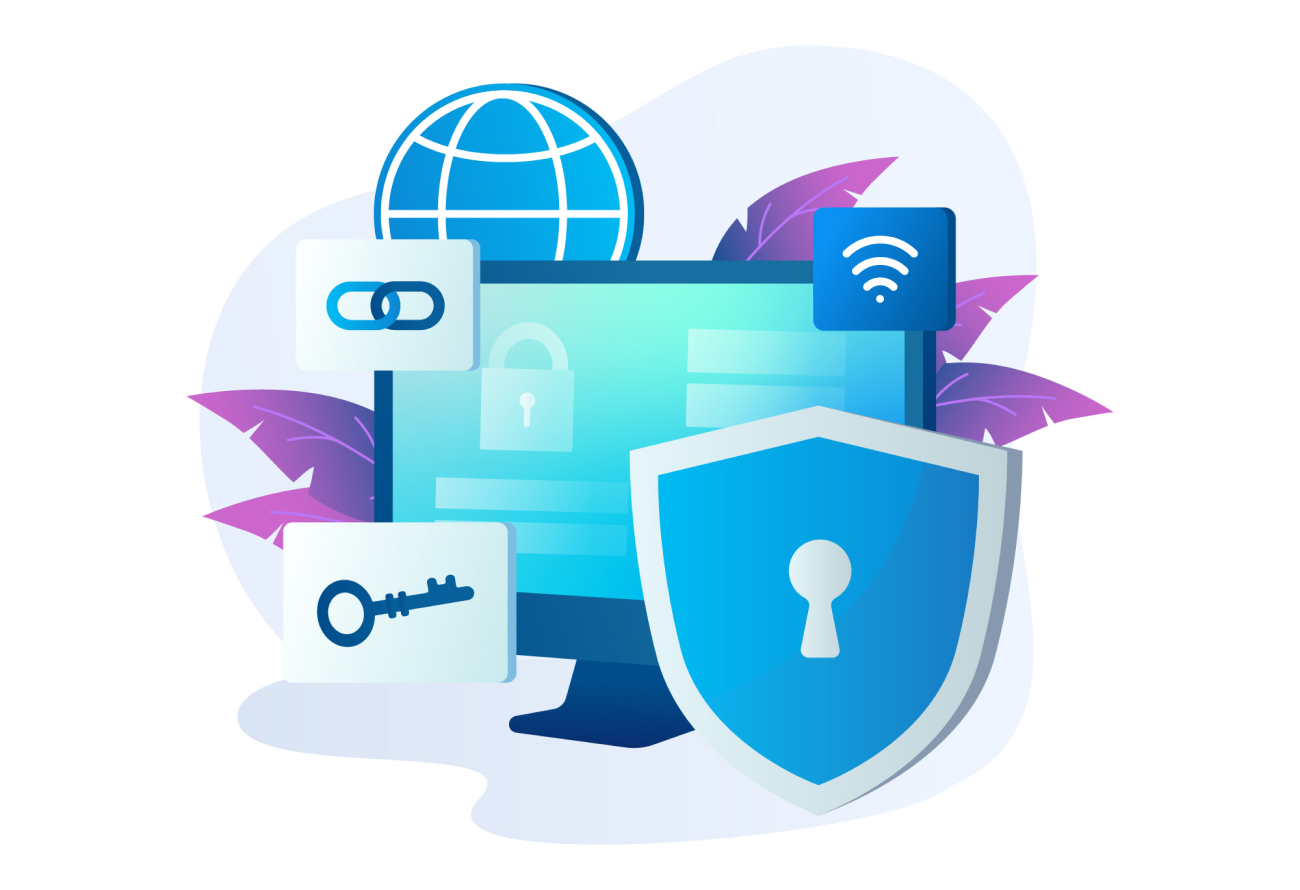
Secure Software: The Key to Protection Against Cyber Threats
As the digital world evolves rapidly, cyber threats are increasing day by day. For organizations and individuals, using secure software is one of the most important ways to protect sensitive data and safeguard systems against cyberattacks. In this article, we will explore the fundamental principles of secure software development and cybersecurity measures.
What is Secure Software?
Secure software is software that is designed and coded to be resilient against cyber threats from the development stage. These software solutions are developed following specific security standards to prevent data breaches, minimize system vulnerabilities, and block unauthorized access.
Principles of Secure Software Development
- Secure Coding: Best practices should be followed to avoid security vulnerabilities during coding. Protection must be ensured against common cyberattacks such as SQL injection, XSS (Cross-Site Scripting), and CSRF (Cross-Site Request Forgery).
- Authentication and Authorization: Verifying user identities and restricting their permissions is crucial for data security. Additional authentication mechanisms such as MFA (Multi-Factor Authentication) should be used.
- Data Encryption: Sensitive data must be protected with strong encryption algorithms both during transmission and storage. Modern encryption methods such as AES-256 and RSA should be preferred.
- Regular Updates and Patch Management: Software and systems need to be updated regularly to close security vulnerabilities. Developers must release and apply security patches in a timely manner.
- Continuous Security Testing: Security assessments such as penetration testing, code reviews, and automated security scans should be conducted to ensure continuous software security.
Benefits of Using Secure Software
- Data Protection: Sensitive information is safeguarded against unauthorized access.
- Reduced Cyber Risks: The potential damage caused by malware and cyberattacks is minimized.
- Regulatory Compliance: Compliance with data security laws such as GDPR and KVKK prevents legal issues.
- Trust and Customer Satisfaction: Gaining the trust of users and customers helps maintain brand reputation.
Conclusion
Secure software development is an essential requirement in the digital world. By adopting secure software principles, organizations and individuals can protect themselves and their systems against cyber threats. Following best security practices in software development is a critical step to preventing future cyberattacks.
Our related service: https://www.ranna.com.tr/en/software-development-service/

